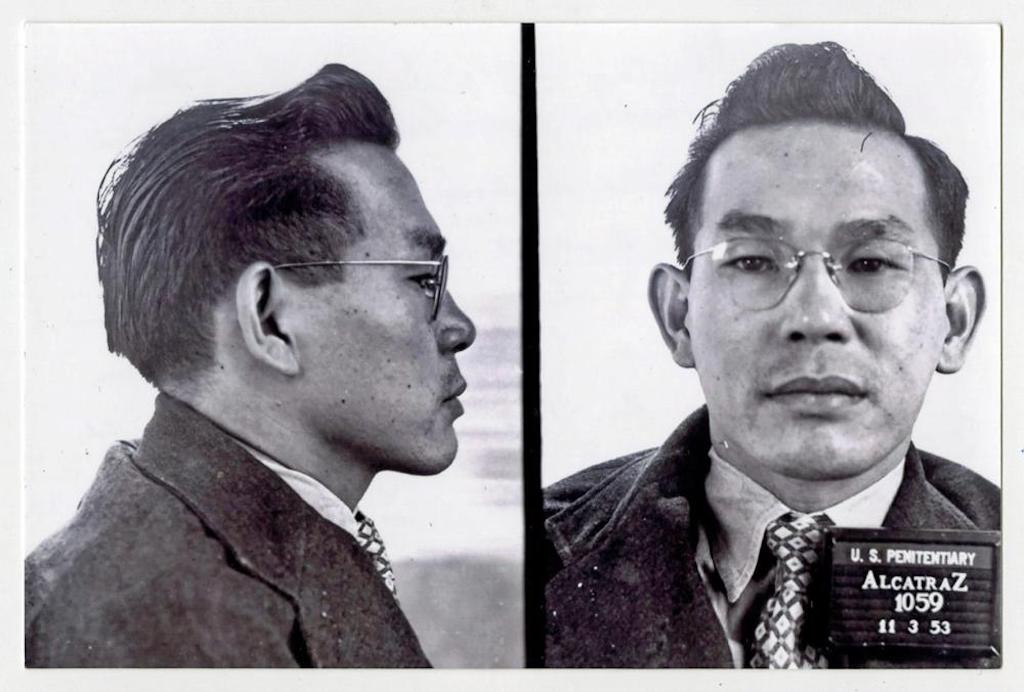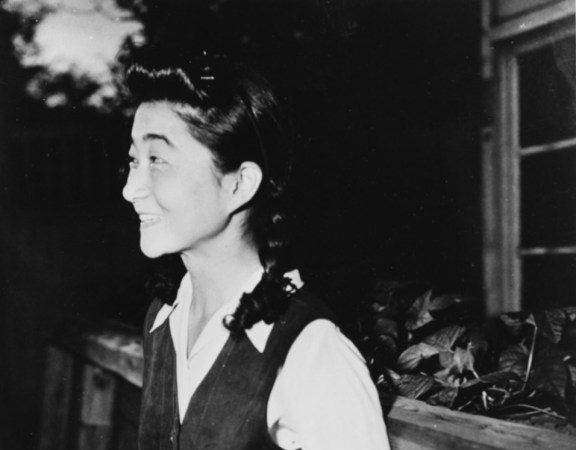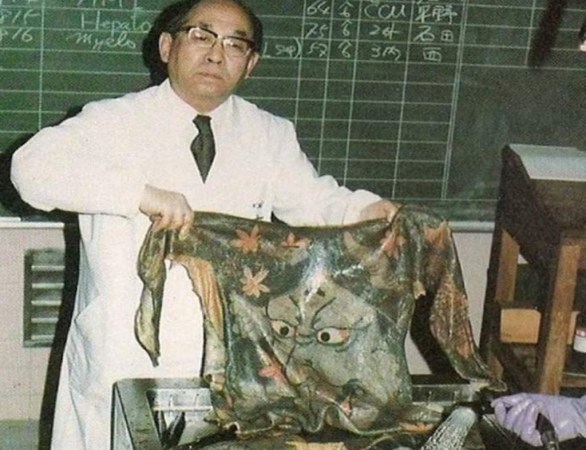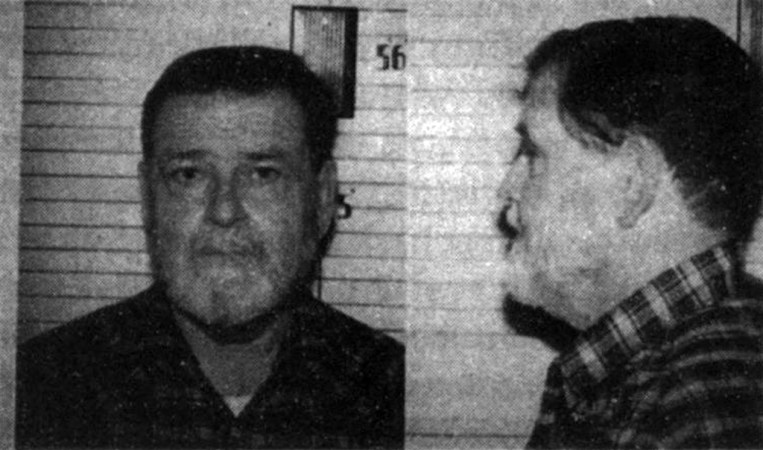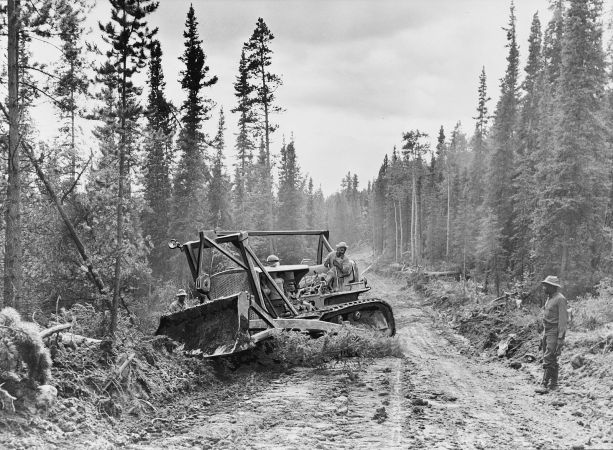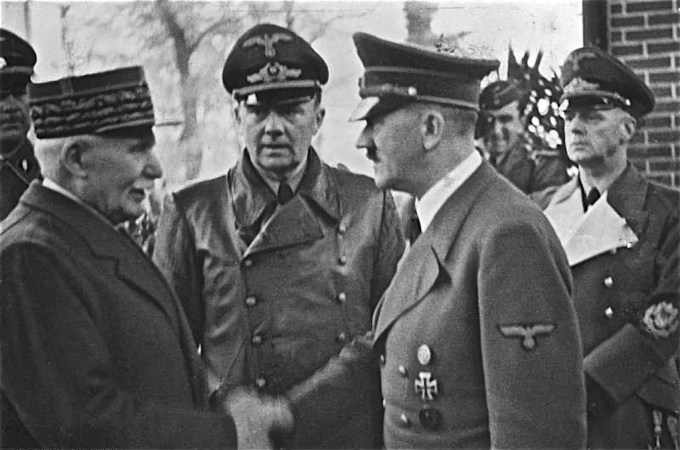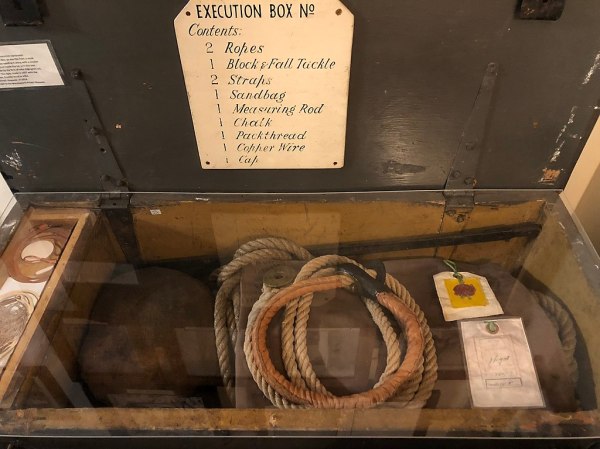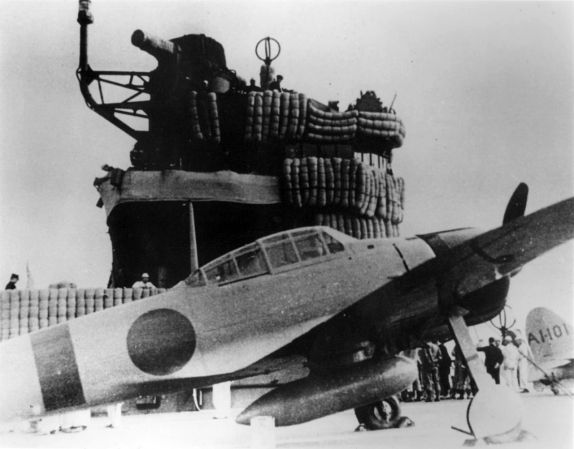Tomoya Kawakita was born American in California, but was studying in Japan when the Japanese attacked Pearl Harbor in 1941. While the attack came as a surprise to everyone except the Imperial Japanese Navy, Kawakita might have conducted himself with the integrity of an American citizen. Instead he not only chose to align with the Japanese, he would end up brutalizing American POWs.
After the war, that conduct rightfully came back to haunt him. After being recognized in southern California, his arrest would result in a trial that would go all the way to the Supreme Court. It would end with Kawakita becoming the last American citizen convicted of treason against the United States.
Tomoya Kawakita was an American by birth. His parents emigrated from Japan, but retained their nationality, and so Kawakita had Japanese nationality too. He attended high school in his hometown of Calexico, California but sailed to Japan to study at Tokyo’s Meiji University in 1941. The war, of course, started later that year.
As the war drew on, Kawakita finished his studies and registered with the Japanese government as a Japanese national. A family friend, future Prime Minister Takeo Miki, helped him secure a job as an interpreter at a mining and processing facility, one that used POW slave labor. Instead of just doing his job of interpreting, Kawakita instead became a sadistic overseer.
British, Canadian, and American prisoners (some who survived the Bataan Death March) arrived at the camp. At his postwar trial, former POWs accused Kawakita of forcing prisoners to beat each other, beating them personally if they didn’t hit hard enough. He was nicknamed “Efficiency Expert” for his ability to inflict pain on inmates.
He forced meaningless manual labor upon them, kept them from medical care, worked them into exhaustion and even taunting the prisoners with phrases like, “We will kill all you prisoners right here anyway, whether you win the war or lose it.”

After Japan surrendered, Kawakita renewed his American passport, claiming he’d been under duress when registering as a Japanese national. He went home to enroll at the University of Southern California. It was there in 1946 that former POW William L. Bruce, survivor of Corregidor, the Bataan Death March and three years in the POW camps, recognized Kawakita, followed him, wrote down his license plate and informed the FBI.
“I was so dumbfounded, I just halted in my tracks and stared at him as he hurried by. It was a good thing, too,” Bruce said. “If I’d reacted then, I’m not sure but that I might have taken the law into my own hands – and probably Kawakita’s neck.”
Kawakita was arrested, tried, and convicted of treason in 1948. His defense claimed that although he was minorly abusive toward prisoners, he could not be convicted of treason, as he was not an American citizen at the time and citizenship is a requirement for a treason charge. Since Kawakita was on trial for treason, not his war crimes, this was the defense’s central argument. After more than 100 former POWs came to testify against him, he was sentenced to death.
His defense began an appeals process that went all the way up to the Supreme Court, who ruled in 1952 that a U.S. citizen owes their loyalty to the United States, regardless of dual nationality or where they live, upholding the death sentence. The Japanese government appealed to President Dwight D. Eisenhower, who commuted the sentence to life in prison.
In 1963, President John F. Kennedy freed Tomoya Kawakita on the grounds that he would be deported to Japan and never return, having served more time than any other Japanese war criminal.

